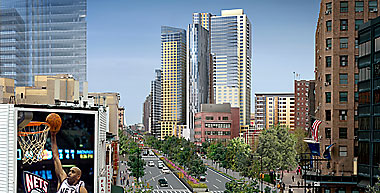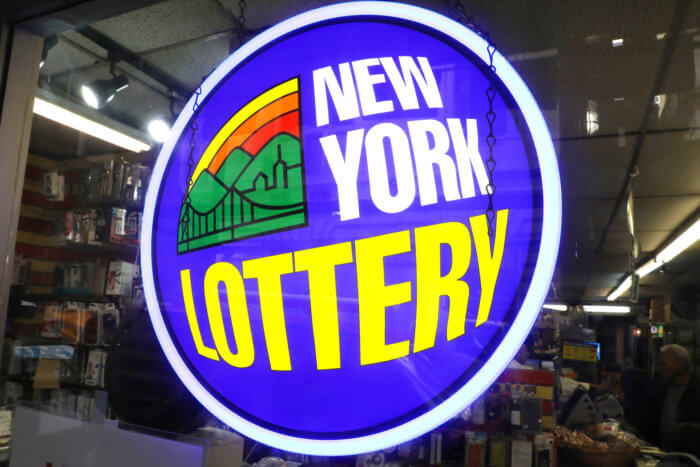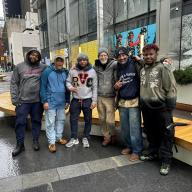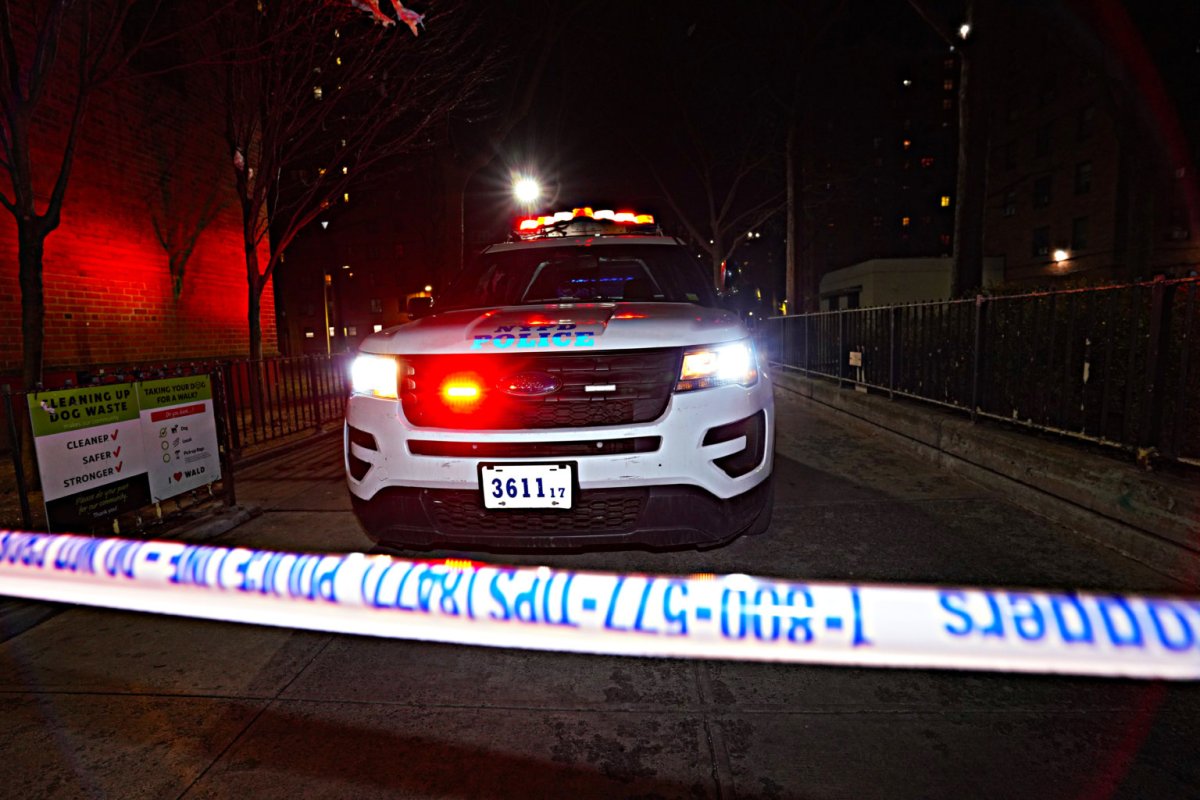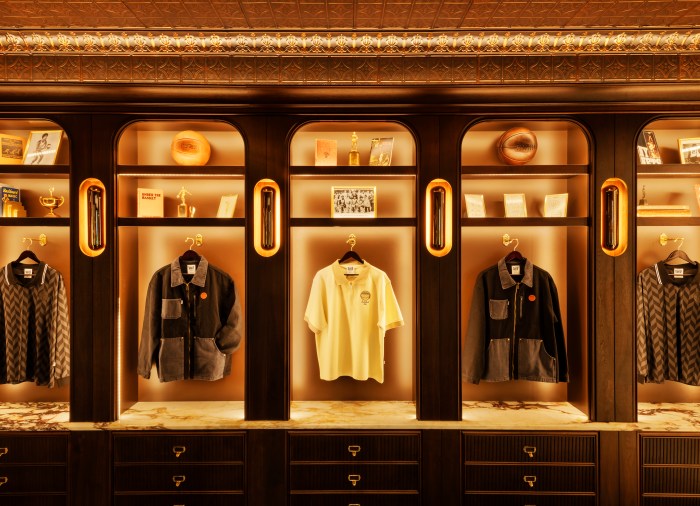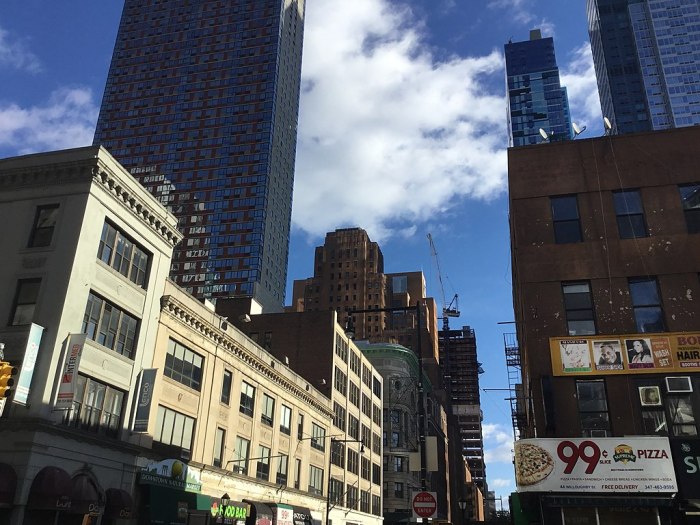When we started covering Brooklyn, Downtown was holding on as a major hub for high-end retailers like the flagship location of Abraham & Strauss or the Martin’s on Fulton Street.
“There had been a lot of major chain stores” in the neighborhood, said Michael Weiss, executive director of the Metrotech Business Improvement District and member of the Downtown Brooklyn Partnership, an agency that works with the city to develop capital projects in the area.
During the 1970s, many of those chain stores started to go out of business and dragged down also retailers that fed off them. Crime overtook the neighborhood.
“It wasn’t until recently that things got better,” Weiss said. “For 20 years things were in decline.”
An urban renewal project on Fulton Street in the early 1980s, which created the Fulton Mall, ended up doing the area more harm than good when construction stalled, blocking shoppers from reaching merchants.
Weiss said that the construction of Metrotech, the $1-billion office and university complex, pulled the neighborhood out of that decline. Development on the project began in the 1980s, and by the mid-1990s, when Metrotech was completed, prominent Manhattan businesses such as the Chase Manhattan Bank and New York Stock Exchange back offices moved in.
That set the tone for steady change for the last 10 to 15 years, Weiss said. Crime dropped. The streets were cleaned up. Businesses returned.
The complex also kept Polytechnic University anchored in Downtown Brooklyn, which encouraged schools, such as Brooklyn Law School, St. Francis College, and the Pratt Institute to expand. The student population in Downtown Brooklyn is now roughly 35,000, Weiss said.
The crowning legacy of Metrotech, though, was the Mariott Hotel, the first hotel built in the borough in more than 50 years when construction started in 1996. It was so successful that demand forced the hotel to expand a few years later. Now, hotel projects are going up in several spots in the neighborhood.
What the neighborhood still lacks, however, are residents. After all, Metrotech only displaced roughly 250 people. The luxury condo towers that popped up like mushrooms after a 2005 upzoning along the Flatbush Avenue corridor will bring thousands of new residents, and there is always talk that others will renovate the spaces above the Fulton Mall storefronts into apartments.
“The newest trend is the advent of residents,” Weiss said. “That’s going to create a whole other sea change.”
His hope is that as more people move into Downtown Brooklyn, retail and restaurants will follow. Which, in turn, will attract residents from the surrounding areas, perhaps making it Brooklyn’s shopping hub once again.
“Now it is safe and it is clean,” Weiss said. “Retail doesn’t lead a neighborhood, it follows as residents go in.”


